Full Disclosure: Student-athletes getting paid
The only difference between college athletes and high school athletes is the workload.
Although the collegiate level is more competitive, with only 7.8 percent of all athletes able to compete, the players are treated the same.
There is no benefit available for the athletes who suffer broken bones and head trauma on the field, with sports being only an added responsibility. The lack of supplemental income results in several athletes not only focusing on their sport and schoolwork but a job as well.
Athletes at Chico State are not given free housing, and most do not have their tuition paid for. The lack of benefits given to the athletes at Division II schools shows the ways that universities are able to make money on the talent of their players.
It’s not just a problem that affects the 300 athletes at Chico State, it’s across the NCAA. The NCAA has no specific ruling against paying athletes but has been active in advocating against the idea.
The Division I schools under the NCAA are allowed to give their athletes full-ride scholarships but are not given other forms of income. The benefits diminish as athletes participate in lesser leagues, with Division II athletes only being offered a fraction of their tuition cost.
The problem that the NCAA fails to address is that college athletes aren’t a big ticket item for the league to exploit. The league made $6 billion on their college athletes last year, despite the athletes being alone on the field.
College is a requirement for athletes who are considering going pro, but rather than improve their skills on the field, and gain an education, athletes are forced to struggle through the experience to make it to next level.
The idea of college athletes enduring the four-year grind to reach the pros is not an acceptable standard anymore, with only about two percent making it past the collegiate level.
The revenue the student-athletes are generating each game is not reflected by ramen noodle dinners and pint-sized dorms.
The NCAA has addressed the issue of paying their college athletes, as there is no standard rate across sports, or even among athletes. With football and basketball gaining more attention than golf, the NCAA has reported that it cannot give athletes the same salary.
While the athletes might contribute different amounts to their teams or draw different crowds, the same phenomenon happens in professional sports. Athletes are fairly paid for their efforts, despite varying in skill and performance.
Allowing schools to pay their athletes does not take away from the integrity of the organization, but rather supplies athletes with a more achievable path to the professional league.
With the NCAA making millions on its 460,000 athletes, the players deserve more than stressful schedules and the possibility of career-ending injuries. Athletes should not be forced to endure more during their college experience in an endeavor to continue playing their sports.
Kenta McAfee can be reached at [email protected] or @KentaMcAfee on Twitter.
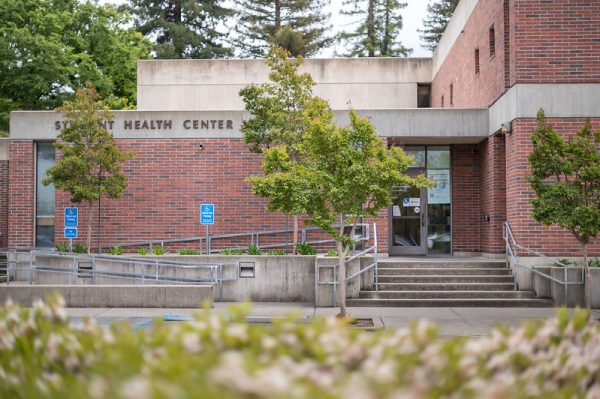



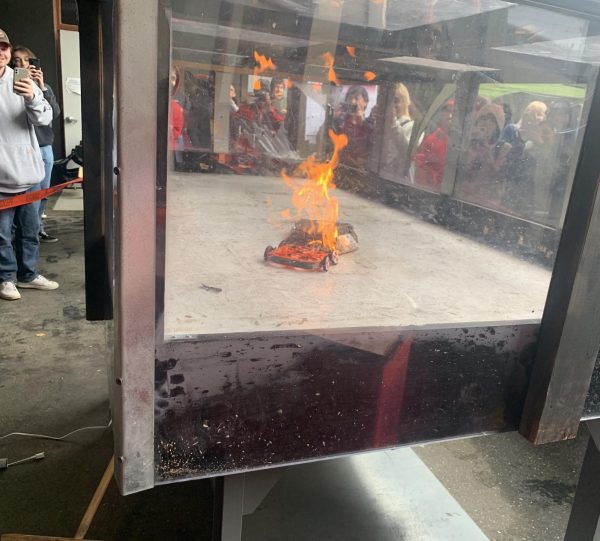



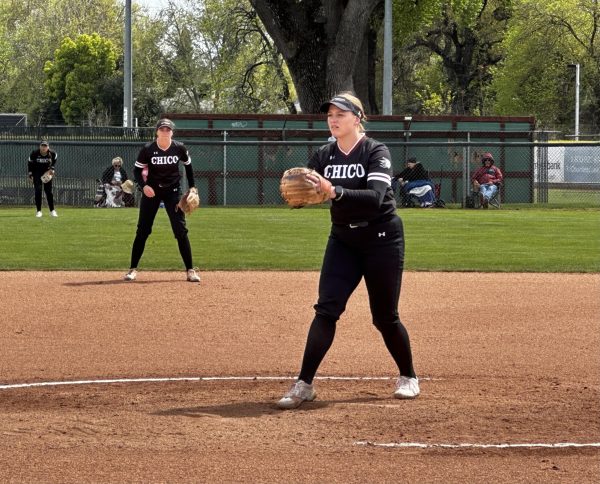
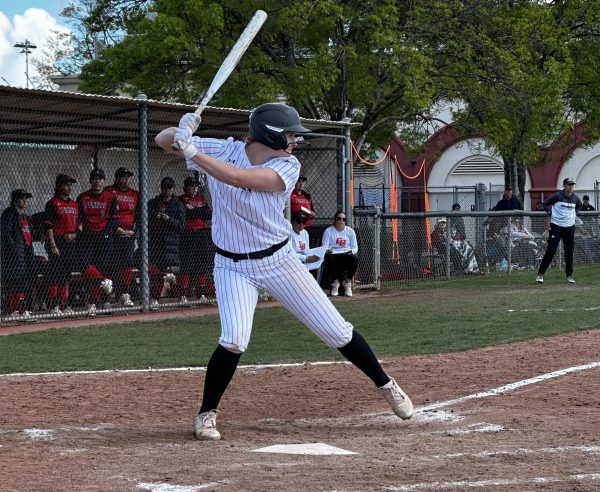
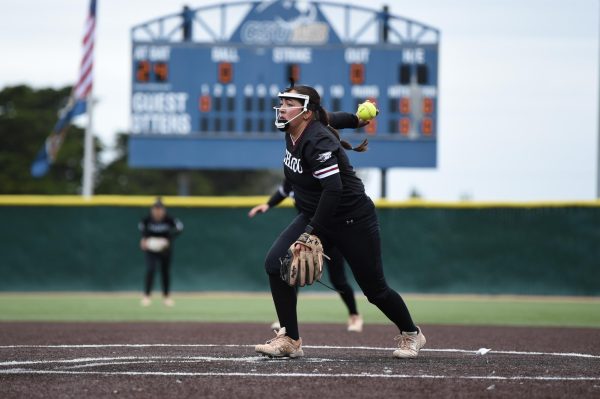
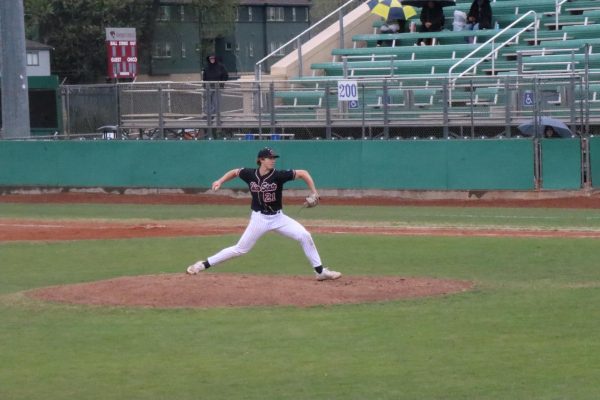
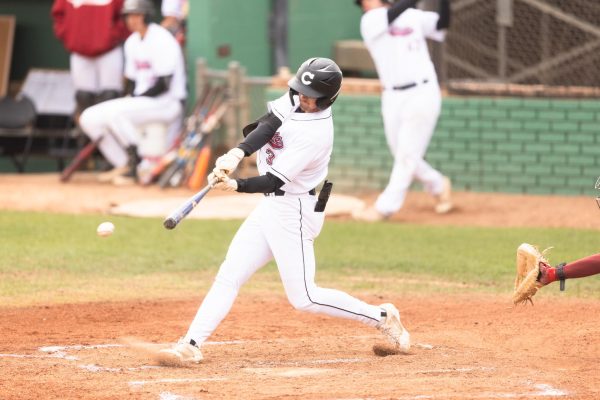
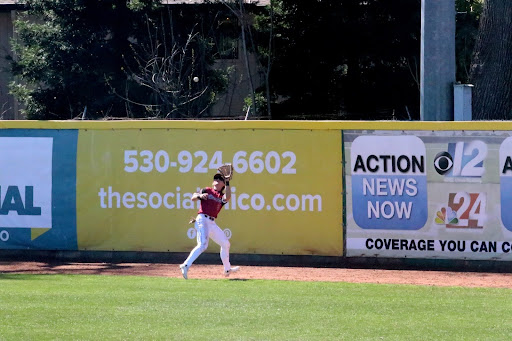
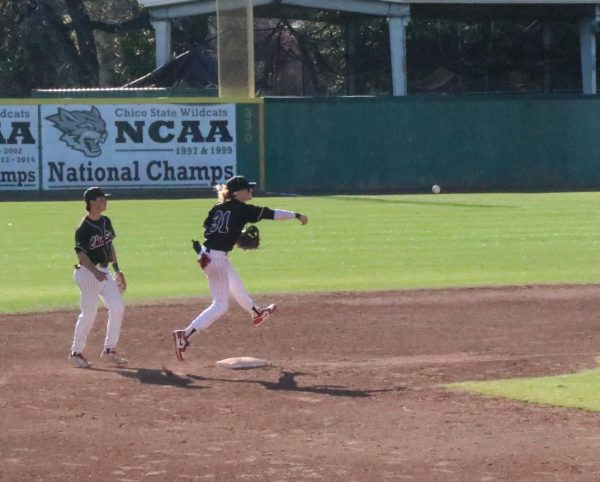
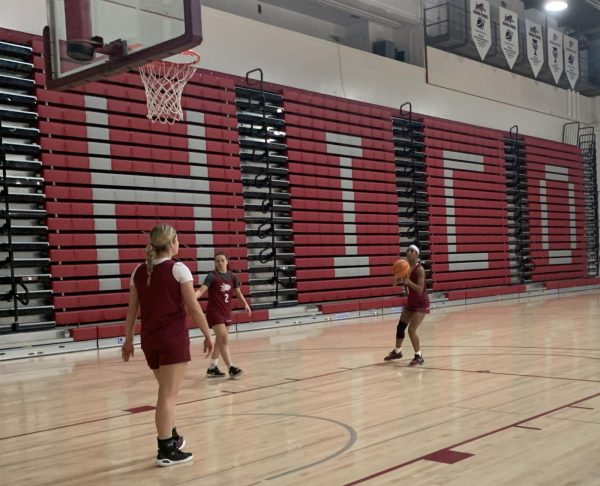
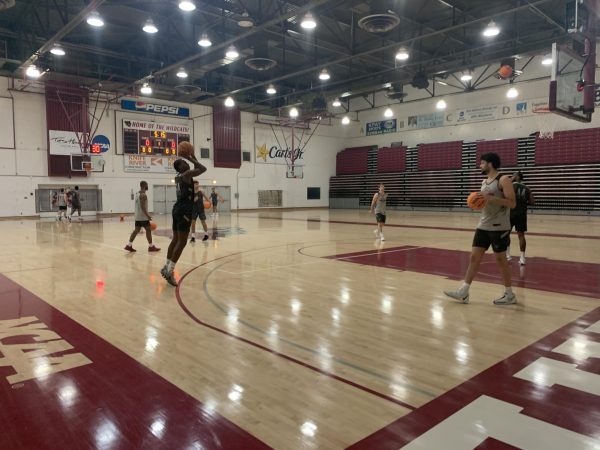
Alissa Romero // Nov 7, 2016 at 9:44 pm
How can we say that women’s sports aren’t going to be paid as much as men’s if they’re literally playing the same sport? Basically, I think that we need to just made a basic wage and whatever they think is fair is it. Like do they even know athletes are getting hurt or is it just a guess? Either way, I think more needs to be done.
Michael Rondt // Nov 1, 2016 at 4:23 pm
I don’t think the idea is impossible, it actually makes sense that we would pay them. I do think that the idea of making unequal wages is incorrect. We would need to set a standard and make that standard fair for men and women, as well as across sports. You can’t make a million dollars as an 18-year-old for playing college football, much like 40 dollars per game wouldn’t be fair. I know there’s not a clear solution, but I think one should have been addressed in the article. With a title like Full Disclosure, I did think it would give the answer to the topic, but it phased over it instead. Still, it was a good read, but it was no different than the other articles on the topic, this is just backed up more.
Alissa Romero // Nov 7, 2016 at 9:45 pm
But how are you not going to pay people the same amount of money? They are both risking themselves for their sport, I think we need to be equal with men’s and women’s sports.
Jen Carvajal // Oct 26, 2016 at 11:46 am
AMAZING Article!! Very well written!
Howard Tuvel // Oct 25, 2016 at 5:13 pm
I think you failed to realize something about sports in college. It’s an industry, the school needs to make money off of it, and if they are just paying athletes the money that they’re earning from it, then theres no point in them holding them. It’s not an issue of right or wrong, student athletes just cannot be paid. I think the research was well done, but it simply isn’t plausible.